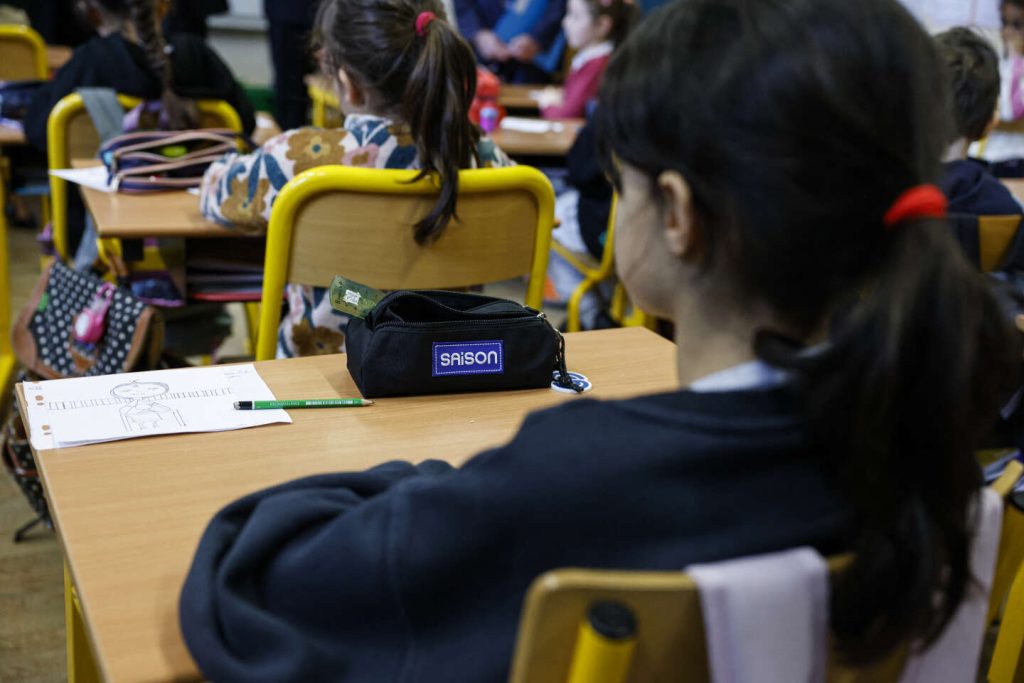According to assessments conducted in January 2024 by the DEPP, there are slight improvements in the performance of students in French and mathematics in mid-year evaluations for CP students. However, significant achievement gaps still exist between the most disadvantaged students and those attending schools outside of priority education zones. In French, 84% of children demonstrate proficiency in understanding oral sentences, and 88.2% in knowing the names of letters and the sounds they produce. While three-quarters of students have mastered reading, and three out of four can correctly write words, four out of five can write syllables.
The results in mathematics also remain stable, with only six out of ten students demonstrating satisfactory mastery of problem-solving. These results vary significantly based on the students’ educational environment. For example, 86.5% of students outside of priority education zones demonstrate proficiency in understanding oral sentences, compared to only 69% of students in such schools. Similarly, in mathematics, 60.9% of students outside of priority zones can solve problems, compared to only 48% of students in these zones. These disparities have remained consistent since the previous evaluation in 2023.
The gap is even wider between students in reinforced priority education networks (REP +) – considered the most academically vulnerable – and those outside of priority education zones. There is a 22-point gap in oral comprehension, although this has slightly decreased by 1.3 points since 2023 due to improved performance of REP + students. There remains a twelve-point difference in reading proficiency between the two student populations, with no major changes observed. Similarly, in mathematics, there are significant gaps of 12.6 and 15.9 points in problem-solving and subtraction exercises between students in non-priority schools and REP + students. However, there has been a slight reduction in these gaps by 1.8 points compared to 2023.
Overall, the performances of students in French and mathematics at the mid-year CP assessment show some improvements but significant disparities persist, particularly between students in priority education zones and those outside. While some small gains have been made in specific areas, such as oral comprehension and problem-solving, the overall achievement gaps remain largely unchanged. Efforts are needed to address these disparities and provide additional support to students in priority education zones to ensure that all students have an equal opportunity to succeed academically. Further monitoring and interventions may be necessary to help bridge the existing gaps and improve educational outcomes for all students.


